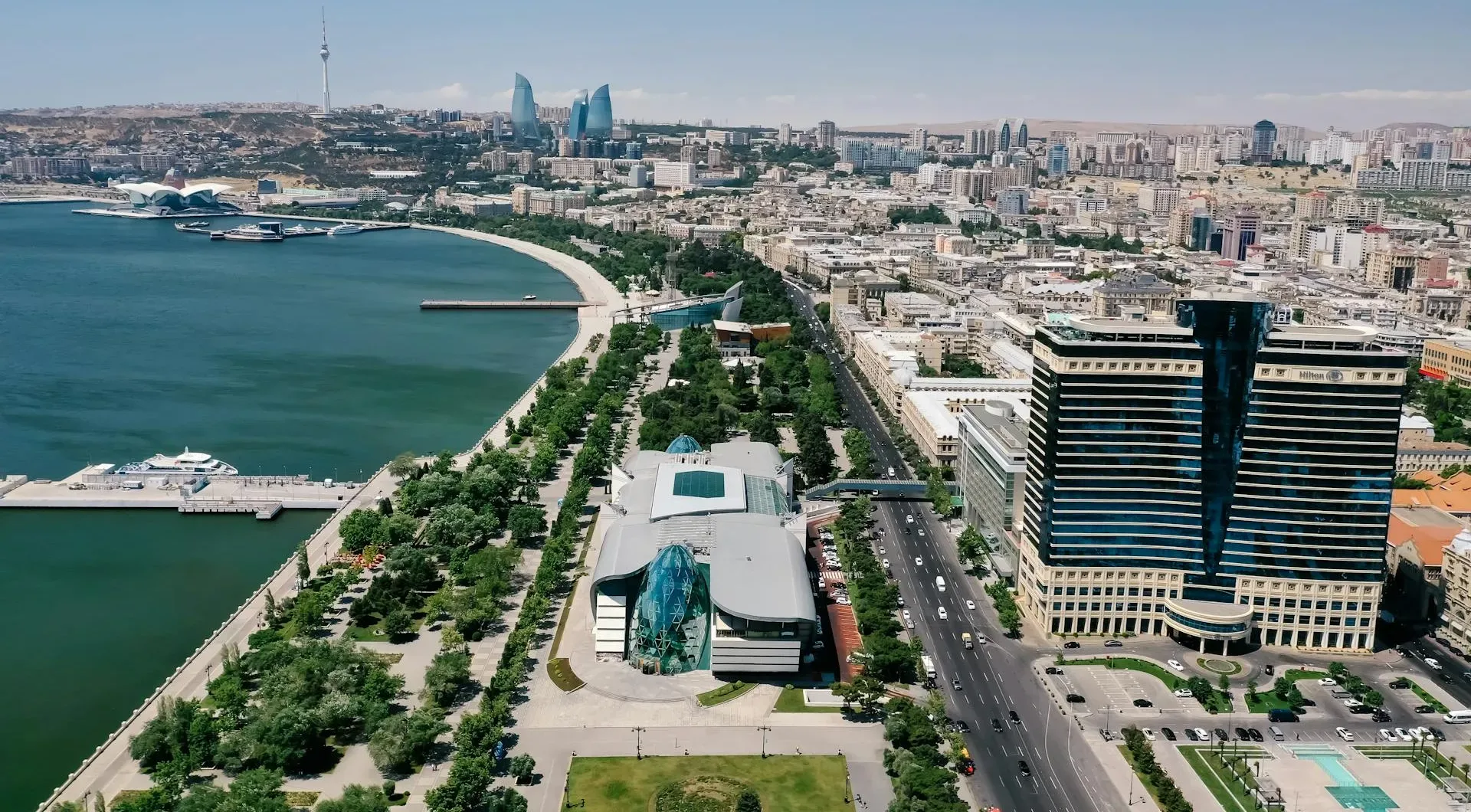Geometric Scheduling Framework Cuts Task Failures by 20x in Peer-Reviewed Trials
A research team from Tsinghua Shenzhen International Graduate School has developed a groundbreaking edge computing solution that addresses the core challenge of smart city infrastructure: processing massive IoT data flows with uncompromising reliability. Published in IEEE Internet of Things Journal, their geometrised scheduling framework demonstrated a 4.72% task deadline violation rate in large-scale simulations – 20 times more reliable than conventional methods.
The Computational Urban Planner
At the heart of the breakthrough lies a novel approach inspired by urban spatial organisation. The team’s framework dynamically partitions cities into adaptive computational zones using weighted Voronoi diagrams, mirroring how urban planners allocate resources geographically. In controlled tests with Melbourne’s traffic network data:
- Processed 10,000+ concurrent tasks (equivalent to 500 city blocks’ IoT devices)
- Reduced data transmission delays by 73% compared to static allocation methods
- Achieved 94.7% task success rate under peak loads
Tetris Logic Meets Emergency Response
The system’s second innovation applies spatial stacking principles from puzzle games to computational tasks. Critical operations like emergency vehicle tracking receive prioritised pathways, while non-urgent data fills processing gaps. This approach:
- Slashed ambulance routing delays from 4.1s to 0.8s in disaster simulations
- Maintained 98.4% success rate for priority tasks during network stress tests
- Enabled processing of 20MB video analytics within strict 5-second deadlines
Energy-Efficient Urban Metabolism
A self-learning component analyses historical traffic patterns to predict resource demands, enabling:
- 35% reduction in edge node energy consumption
- 89% accuracy in anticipating morning/evening traffic surges
- Continuous operation during simulated 15% node failures

Real-World Validation & Future Applications
The technology has shown promise in two key domains:
1. Smart Transportation
- Coordinated 500+ traffic cameras during Melbourne CBD simulations
- Processed vehicle detection tasks with 3.6s average response time
2. Marine Infrastructure
- Improved offshore wind turbine monitoring speeds by 40%
- Reduced data packet loss in subsea sensor networks by 63%
Supported by China’s National Key R&D Program (2022YFC3801100), the team is now developing open-source tools for municipal IoT management and adapting the framework for port logistics optimisation.
“Cities need computational systems that grow organically with their needs,” said Prof. Zhengru Ren, senior project lead. “This isn’t just about faster processing – it’s about creating resilient digital infrastructure.”
Technical Specifications
- Handles 100,000+ edge nodes
- Processes 4,200 tasks/second per node
- Supports 500m+ IoT device networks
Peer-reviewed paper:
https://ieeexplore.ieee.org/document/10820112
Feature Image by Tumisu from Pixabay








